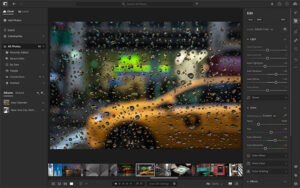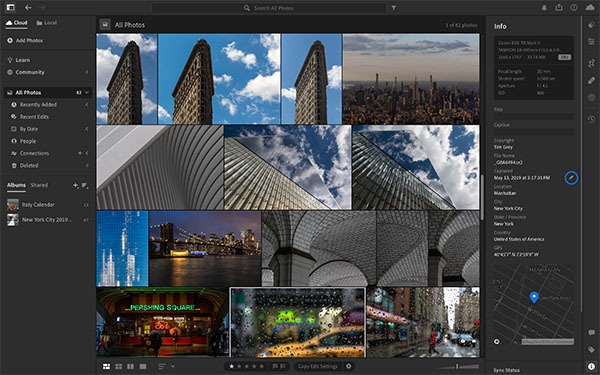Today’s Question: I use Lightroom Classic exclusively for editing my photos, in part because I want to maintain full-resolution images locally. I create collections and synchronize to the cloud so that I can share with family and friends and have specific images available on my smartphone. I haven’t figured out a way to share directly from Lightroom Classic, so I have been using Lightroom desktop [cloud-focused] to create shared albums. Is there a way to share in this way from Lightroom Classic while retaining my full-resolution originals locally?
Tim’s Quick Answer: Yes. You can simply add photos to collections in Lightroom Classic and enable synchronization for those collections so they will be synchronized to the cloud. You can then use the “Make Public” option for selected collections so they can be made available to anyone by simply sharing a link.
More Detail: In Lightroom Classic you can enable synchronization for a collection, and proxies of the photos in the collection will be synchronized to the cloud. Those proxies are reduced-resolution copies of the originals, not actual copies of the source image files. This differs from the cloud-focused version of Lightroom, which copies the source image files to the cloud when you add photos to the library.
Once you enable synchronization for a collection in Lightroom Classic, the collections for which you enabled synchronization will appear as albums in the Lightroom app on your smartphone and other mobile devices, as well as through Lightroom in a web browser (https://lightroom.adobe.com). In addition, those albums would appear in the Lightroom desktop application, but I don’t recommend using both Lightroom Classic and Lightroom desktop applications in your workflow.
If you want to make a synchronized collection of photos available to anyone you share a link with, you can make the collection public. Start by clicking on the collection within the Collections section of the left panel in the Library module in Lightroom Classic. Make sure you’re in the grid view rather than the loupe view, and click the “Make Public” button at the top-right of the grid view.
Once you’ve made a synchronized collection public, a link will appear to the left of the button that now reads “Make Private”. You can click that link to open the shared collection in a web browser, but you can also right-click on the link and choose “Copy to Clipboard” to copy the link so you can paste it, such as to paste the link into an email or text message you share with others. Note that when you share a synchronized collection in this way anyone with the link can access the photos online.




